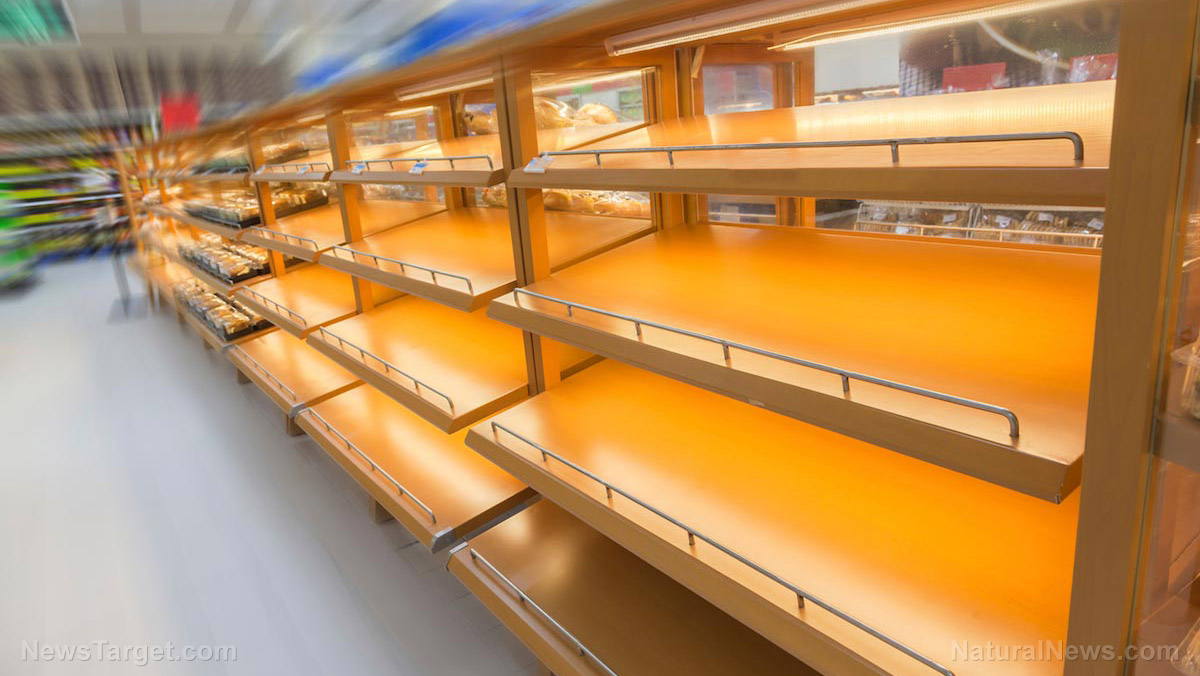Emergency preparedness: planning your off-grid home
10/20/2021 / By Virgilio Marin

In case of an emergency, an off-grid home is the best place to seek shelter from harm. An off-grid location has less of the threats that abound in cities and offers more of the things needed for survival, such as privacy and food resources.
That being said, an off-grid home is not your typical house in the suburbs. Ideally, it is SHTF-proof and adapts well to its environment. Here are some tips when building your off-grid home: (h/t to DoomsdayMoose.com)
Harness sunlight
Harness sunlight by putting up solar panels in strategic locations. This helps you save money and make the most of your environment. Before drawing up a blueprint, study the location and think about where to place your windows and panels. Consider other ways of harnessing solar energy, like using solar air lanterns and solar radio.
Insulate
Insulation is important for any house but none more so for an off-grid home. The latter should have thicker and more effective insulation than traditional houses to better conserve heat during the winter and keep cool air in during the summer.
Pay attention to the eaves
Like insulation, well-placed eaves are vital for effectively heating your home in the winter and keeping it cool in the summer. Overhand the roof so that the lower-angle winter sunlight can better penetrate the windows while the higher-angle summer sun is blocked from view. The architecture of your off-grid home can significantly affect your long-term energy consumption, so it pays to invest in well-designed eaves.
Use cisterns
Rainwater harvesting is an important part of living off-grid. A survival shelter in the wild should therefore include several cisterns for catching rainwater. Allot space outdoors for these and roof your house strategically. Roofs and roofing fixtures like gargoyles are excellent conduits for directing rainwater. (Related: Off-grid living: Harvesting rainwater on a budget.)
Install tankless heaters
Tankless hot water heaters are terrific survival appliances that save you space and energy. They work so much faster and are a lot smaller than their counterparts. Moreover, some tankless heaters use solar energy, so you can opt for these if you wish to go green.
Different types of off-grid homes
Off-grid homes come in different shapes and sizes. Take a look at the following varieties: (h/t to Tactical.com)
Tiny houses
Tiny houses lend themselves well to the off-the-grid lifestyle. Because they’re much smaller, they can be towed around to different places if you wish to migrate for the winter or summer. They’re also less conspicuous and much easier to conceal. As such, you can better evade looters and other human threats who happen to find their way into your territory. The downside? They require major adjustment especially if you’re used to living with more space.
Cabins
More than just a vacation house, cabins can be used year-round too. Modest but cozy, they provide excellent insulation and typically use materials that can be sourced from the nearby woods. They are perfect for true rustic, off-the-grid living.
Earthships
Earthships are autonomous, self-sufficient houses made of upcycled and natural materials like earth-packed tires. Designed with energy conservation in mind, they use green sources of energy like the sun and wind. If you’re looking to go green, Earthships may just be the perfect off-grid home for you.
Underground houses
For the best survival hideout, go bunker style with an underground house. It offers terrific insulation and protection from nuclear fallout. Moreover, it is completely hidden from view. No one can bother you underground.
Off-the-grid living offers several advantages that boost your chances of survival. Build a home in the wild with these tips in mind. No matter what shape or size your house eventually takes, it should be able to protect you from harm.
Sources include:
Tagged Under: emergency planning, green living, homesteading, off grid, off-grid home, preparedness, prepper, prepping, SHTF, survival, survivalist, sustainable living, tips
RECENT NEWS & ARTICLES
COPYRIGHT © 2017 PREPAREDNESS NEWS




















